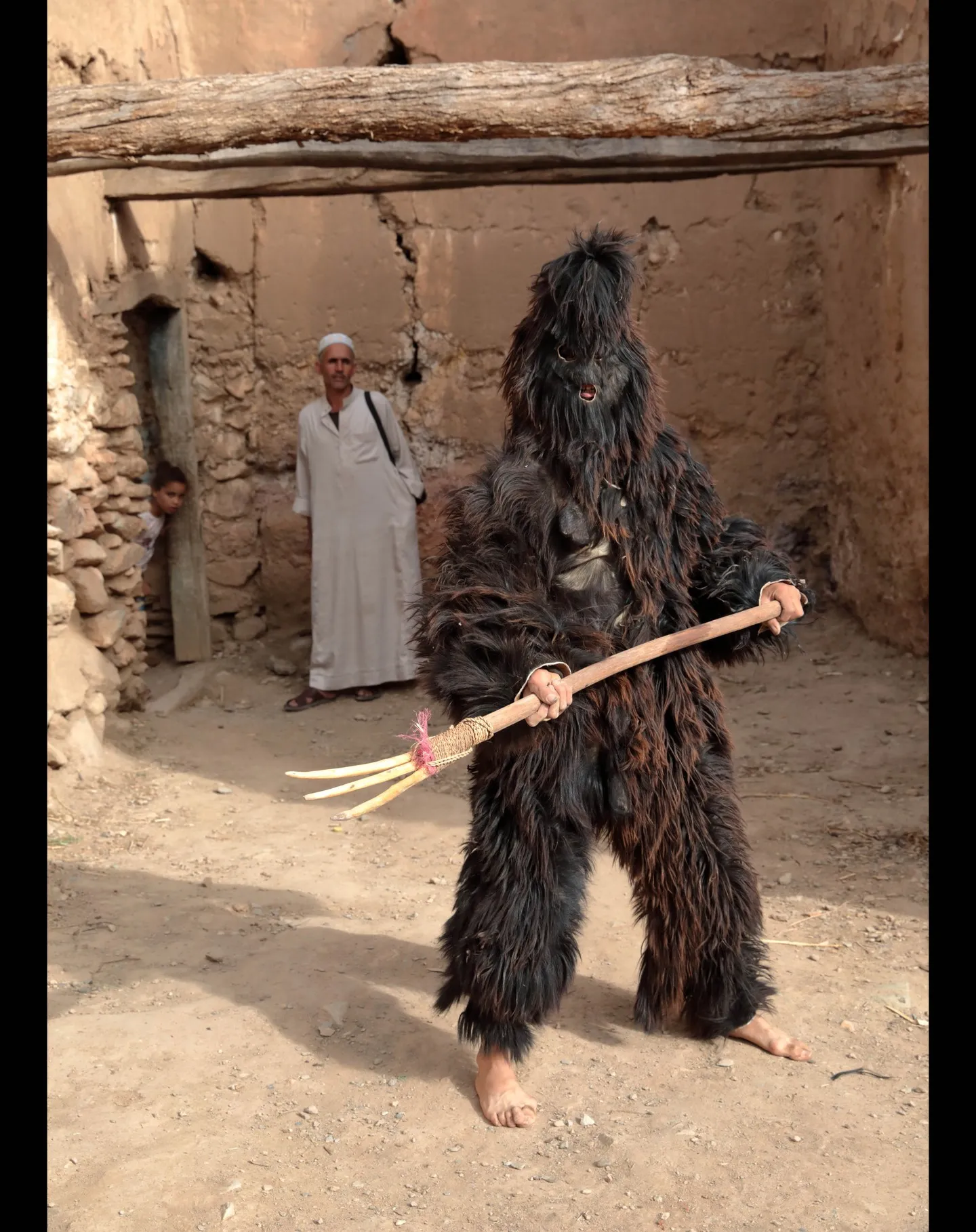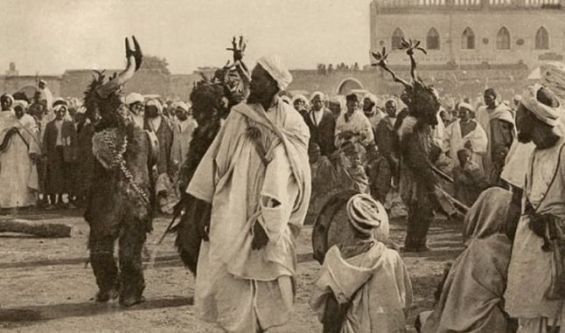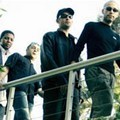Bujloud, an ancient Moroccan tradition, involves masquerading in goat skins during the period between Eid al-Adha and the Islamic New Year. For centuries, Moroccans have donned these costumes to embody Bujloud.
Early 19th-century accounts from French ethnographers document the practice across the country. From the Rif Mountains in the north to the Atlas Mountains in the south, Bilmawen (the Amazigh name for Bujloud) has been a significant part of festivities following Eid al-Adha.
In large cities like Fez and Marrakech, Bujloud was a character among many performing in the royal court, functioning as a form of theatrical entertainment. Masquerades mocked ministers and foreign diplomats, entertaining the sultan during Ashura celebrations. However, Bujloud took on various forms in the streets.
The daring face of Bujloud
Outside the royal court, descriptions collected by Moroccan anthropologist Abdallah Hammoudi paint a more daring, frightening, and witty picture of Bujloud. The character is often described as wearing sheep or goat skins from the Eid sacrifice directly on his naked body, with arms arranged so the hooves dangle from his hands.
His face is powdered black and concealed by an old goatskin butter churner used as a mask. Cow or sheep horns adorn his head, with jaws held open by a small stick for a terrifying grimace. In Tangier, Bujloud adds feathers to an orange stuck on each horn, and greenery covers his shoulders. Some even wear necklaces made of snail shell beads.

Ethnographers suggest Bujloud is eagerly awaited in villages. Hammoudi describes him as «escorted by an orchestra of oboes and drums and a large train of children who hurl insults and stones at him». The man in skins becomes an uncontrollable figure, feared by women and children yet fearless. He «goes from one tent or house to another, sometimes stopping to execute a few dance steps and make a grotesque parody of Muslim prayers».
Bujloud visits the Pasha, Qaid, Amghar, and even marabouts and moqadams of zaouias. Hammoudi emphasizes that they «greet him with varying degrees of generosity but always with joy». After collecting his prizes, he chases the children, striking them with long sticks or sweeping strides.
Healing touch and sexual symbolism
Sometimes Bujloud carries clogs or stones attached to his dangling sleeves. While some accounts portray him as hitting or touching, others depict him as a healer and figure of veneration. Hammoudi quotes a source stating, «if people flee before him, it is only because they fear his blows; indeed it has been attested that the sick people he touches are healed and he keeps healthy people from falling ill».

In some parts of Morocco, particularly among the Ait Ndhir tribe of the Middle Atlas, Bujloud (or bu-islikhen) takes on a sexual connotation. Hammoudi reports a spectacular entry where Bujloud storms the village, overturning pots and pans, and even flinging himself into the hearth, creating a cloud of dust by rolling in the ashes. His interactions with women are overtly sexual, as he «shoves and manhandles them, striking them».
The evolution of Bujloud
Some of these late 19th-century accounts mention Bujloud having a wife, Taslit u bujloud, or a fiancée, who participates in the performance. Played by a man disguised as a woman, «she» wears a handira, a Berber plaid. When she joins the parade, she provokes the crowd. Hammoudi describes how «the bride rushes at the spectators and brutally strikes whomever she can catch; she will not relinquish her prize until relatives intervene and tolbas (Quranic students) come prostrate themselves before her, where she betrays her presence by indicating to the husband that he must give her his place».
Some Bujloud performances even included characters like a Jew, his wife, and other satirical portrayals. According to French orientalist Emilie Laoust, a tribe neighboring Ait Mizaine featured characters like «the Jew, the blacksmith, as well as another one who operates the blacksmith's bellows».
While Bujloud masquerades were once held in nearly all regions of Morocco, the practice is now mostly observed in Agadir and surrounding areas. Today, the tradition is popular among young men, teenagers, and even girls who dress as the old Bilmawen, but with a modern twist.





 chargement...
chargement...













